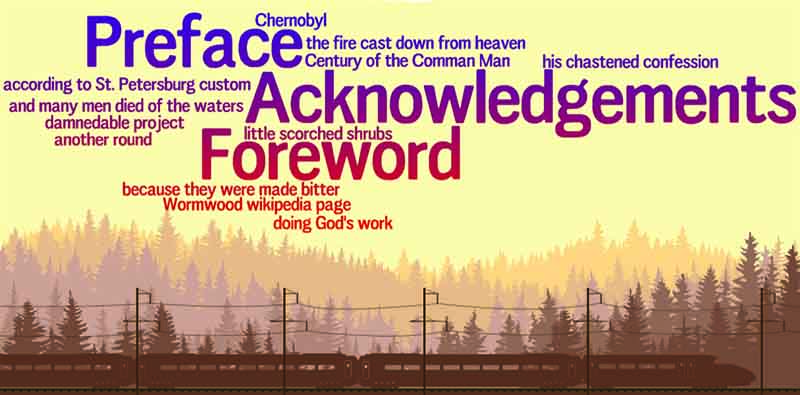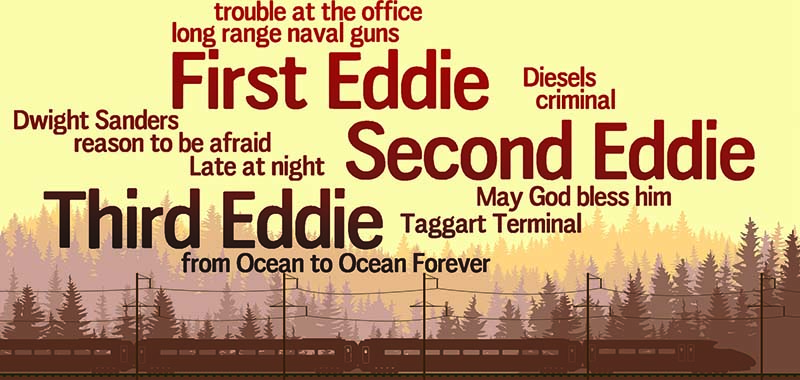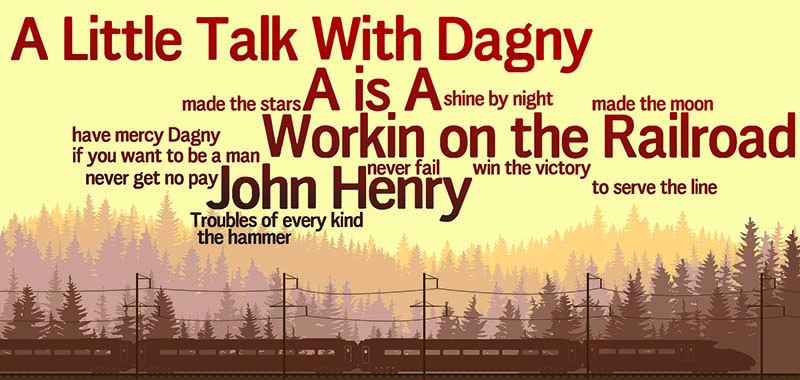Atilla Shrugged
Summary of the Action
The muddled truth of his conflicted world
And so our story begins
You might think of our whole proposition as an heroic version of The Nutcracker Suite, with Eddie Willers as Clara. Like Clara, Eddie falls asleep after a long day at the office and dreams the muddled truth of his conflicted world. If it helps, you might think of Prince Myshkin as Dosselmeyer, (although you’ll have to make some allowances).

The introductory material of Atilla Shrugged provide essential context
Eddie’s monologues with a mysterious companion are a central structural device of Atlas Shrugged. These late night encounters between Eddie and a lowly railroad worker in the underground cafeteria of the Taggart Transcontinental headquarters in New York City provide essential clues to where the story is going. Like our conversations with God, the other guy’s side of the dialog is left pretty much to our imagination and, at the outset, we know nothing of this shadowy figure. Deeper into the novel, the stranger seems more like Eddie’s confessor, and we begin to suspect that this tenebrous visitor is more important than his humble station suggests. As it turns out, the mysterious man is none other than John Galt, the destroyer.

Each Act of Atilla Shrugged opens to an Epistle of Eddie
Eddie Willers’ conversations with John Galt from Atlas Shrugged are adapted to Atilla Shrugged as the opening scene to each act. An Eddie Willers monologue serves as introduction to his delirious conversation with the Destroyer (Act I — adapted from The Brothers Karamazov, where the scene with Ivan takes place on the eve of his brother Demitri’s trial for the murder of their father, Fyodor Karamazov). In Atilla, this scene leads to Eddie’s dream sequence of Ayn in the afterlife and only then, as the Devil says, does our story begin.

The Songs of Atilla Shrugged